Charles Rosson of Quaker Hill Farms discusses Shorthorn carcass quality.
Category: Blog
ShorthornPlus Popularity
Charles Rosson of Quaker Hill Farms explains ShorthornPlus Popularity.
Bull Pen Podcast – Ep. 13
Georgia native Josh White has lived and breathed the beef industry his entire life. Described as “cattle crazy” by his family, Josh now leads efforts at the National Cattlemen’s Beef Association’s as Senior Executive Director of Producer Education and Sustainability, overseeing programs like the Beef Quality Assurance program. Learn more as he outlines the many opportunities for producers to learn about connecting with beef consumers — a skill needed for the survivability of the industry.
To view all the podcasts visit YouTube and search ShorthornASA or on shorthorn.org under News > Shorthorn Bull Pen Podcast
Changes to the Growth EPD Evaluation
by Matt Woolfolk, ASA Director of Performance Programs
Our genetic evaluation provider, International Genetic Solutions (IGS), recently made adjustments to the mechanics and models that tabulate the weekly EPD runs. IGS facilitates the largest weekly beef cattle EPD run on the planet. With the growing volume of data entering the IGS evaluation from over 20 worldwide breed associations, adjustments were needed to improve the efficiency of the weekly runs. As data volume increases, time to complete the eval also increases. We used to be able to get our new EPDs every week on Monday afternoon, but that has slid back later in the week over time. The computer power that IGS uses for the tabulations couldn’t keep up with the influx of data from around the globe without some adjustment to the models.
Implemented with the run conducted the week of December 11, the changes center around adjustments to the breed comparison tools used within the evaluation, how that comparison data is handled through the evaluation, as well as updates to the EPD bases that are in place. As a true multi-breed evaluation, these comparisons are necessary to the function of the IGS eval and need to be updated from time to time. With these changes to the models, breeders should expect to see changes in their EPD values for BW, WW, YW, and MILK EPDs. While values may change, there is minimal shuffling of where cattle rank for these traits. Changes in EPD values are occurring across all the IGS member breeds with these updates to the model. So what we anticipate you seeing is a quicker, more efficient evaluation run each week with some slight differences in the values of your growth EPDs. Unfortunately, due to the timing of the announcement from IGS and the deadlines for Shorthorn Country, the earliest we could discuss these changes in print comes after the fact with this article. The initial announcement can be found in the December 5 Shorthorn Insider e-mail newsletter.
Our partnership with IGS allows us to bring you the strongest genetic prediction tools found in the beef industry. Our involvement in IGS allows Shorthorns from around the globe (Australia, Canada, and the United States) to all have EPD profiles that are directly comparable to each other. Participating in the cooperative, or any genetic evaluation for that matter, will come with occasional changes as the science teams work to improve the product they distribute to the breed association. I was once told that if you’re trying to make improvements and nothing changes, then you didn’t make improvements. We expect to see improvements in the genetic tools we can offer you with this round of updates from IGS, even if the numbers look a little different.
If you have any questions, please feel free to reach out to me (matt@shorthorn. org) to further discuss these new models. Happy New Year!
American Shorthorn Association Honors National Show Animals of the Year
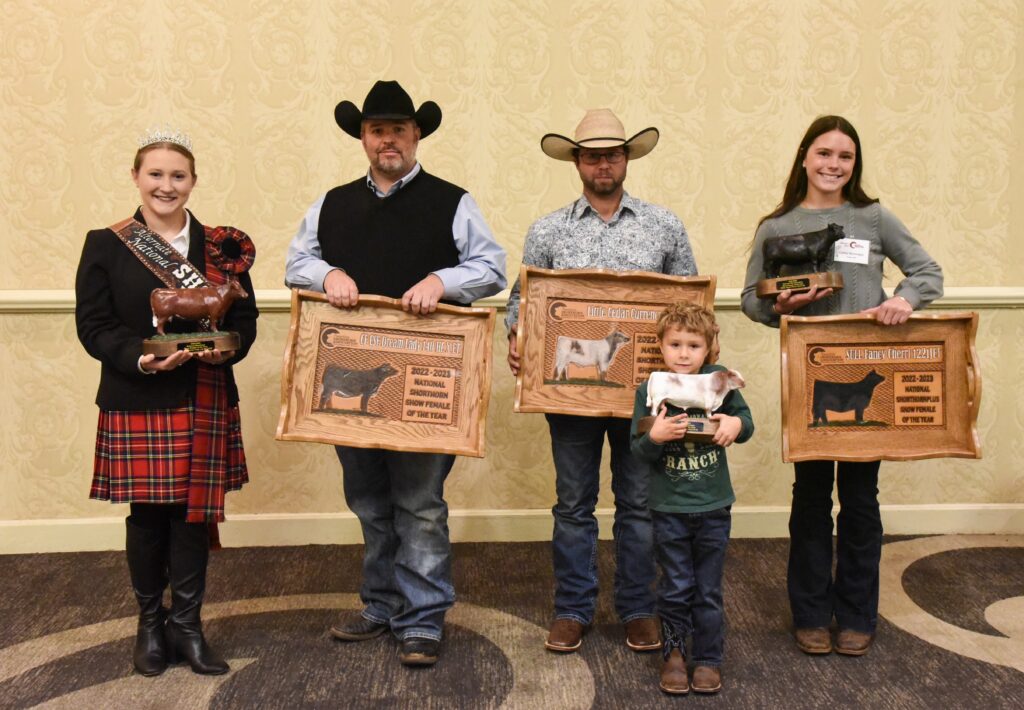
KANSAS CITY, Missouri (November 3, 2023) – Members of the American Shorthorn Association gathered for the 2023 Annual Meeting and Awards Luncheon on Saturday, October 21st, 2023 in Kansas City, Mo. During the Awards Luncheon, the 2022-2023 show animals of the year were recognized for their accomplishments.
The 2022-2023 show season was comprised of two super national & five national shows occurring between April 2022 and March 2023. Qualifying animals exhibited at a minimum of two shows during the show season, acquiring points at each for their placings in class, division and overall.
“Recognizing our top show animals each fall allows our breeders and exhibitors the recognition they deserve for their achievements,” explains Wade Minihan, Director of Shows for the American Shorthorn Association. “Our exhibitors exceed at representing the Shorthorn breed and the type of cattle our breeders are working to produce.”
Claiming reign as the National Shorthorn Show Female of the Year was CF CSF Dream Lady 140 HC X ET shown by Miller Smith of Pendleton, Ind.
Little Cedar Currency 2146 owned by Leemon Cattle Company of Fairland, Okla., Little Cedar Cattle Company of Beaverton, Mich. and Delisle Farms of Gladwin, Mich. succeeded in being named the National Shorthorn Show Bull of the Year.
SULL Fancy Cherri 1221J ET owned by Carter Kornegay of Tulsa, Okla. claimed the title of National ShorthornPlus Show Female of the Year.
TSSC BT Limit UP 1099J ET campaigned by Schaeffer Show Cattle, Hagerstown, Ind. garnished the National ShorthornPlus Show Bull of the Year award.
More information regarding the ASA Show System, inclusive of participating shows and point distribution may be found at shorthorn.org.
Ownership provided is reflective of ownership during the awarded show season.
About ASA
The mission of the American Shorthorn Association is to serve and empower the members, protect the integrity of the herdbook and database; enhance and communicate the value of the Shorthorn breed, and expand the use of Shorthorn genetics in the U.S. beef industry. Visit www.shorthorn.org to learn more.
American Shorthorn Association | 7607 NW Prairie View Rd, Kansas City, MO 64151 | Phone 816.599.7777
###
2023 NJSS Highlights Video
SYDF BEEF Purchase!
The Shorthorn Youth Development Fund (SYDF) was established in 2020 to provide financial support that will sustain and expand excellent programming to develop Shorthorn youth as cattle producers and responsible, productive citizens. SYDF is a 501(c)(3) non-profit organization and a resource that allows you to directly invest in the future of the breed that is your business, your lifestyle and your passion.
According to a survey conducted at the 2015 Shorthorn Impact Conference, 61% of the breeders in attendance started as junior members. These now active members of the American Shorthorn Association prove how important youth development is, and that junior involvement is the pathway to the future success of our breed. One example of excellent programming that SYDF supports is the National Junior Shorthorn Show & Youth Conference (NJSS). It’s an action-packed week of learning and fun that develops skills, knowledge, and confidence, along with love for the breed and lifetime friendships. The cost to produce this annual event is more than $320,000, mostly raised through sponsorships and donations.
PURCHASING SYDF’S BRAND OF “RED, WHITE AND ROAN ALL BEEF SNACKS” IS AN EASY AND DELICIOUS WAY YOU CAN SUPPORT THE SHORTHORN BREED’S YOUTH DEVELOPMENT MISSION!
100% SHORTHORN BEEF SNACKS TASTE GREAT AND ARE PACKAGED TO MAKE APPEALING GIFTS FOR FAMILY AND FRIENDS, CUSTOMERS AND BUSINESS ASSOCIATES!
To learn about other ways to support SYDF, visit our website: https://shorthorn.org/sydf/
No contribution is too small, and every dollar counts!
By making the commitment to “pay it forward” through an annual contribution to the Shorthorn Youth Development Fund, today’s breeders accept responsibility of seeing to it that our youth have the opportunities they need to prepare for their time as the Shorthorn breeders of tomorrow.
Click here to order Red, White, and Roan Beef
The Shorthorn Bull Pen
Are you caught up on The Shorthorn Bull Pen podcast episodes? You can watch episodes on YouTube by clicking each available episode below or you can find them anywhere you listen to podcasts (Apple Podcasts, Spotify, Google Podcast, Amazon Music).
Episodes are released the Wednesday after the second Insider e-blast of the month. We share them on Facebook or follow us on YouTube/podcast services to be notified of the next available episode!
Ep. 1 – Frank Lucas (R), U.S. Representative, Oklahoma (3rd District)
Ep. 2 – Frank Stoltzfus, NCBA Region 1 Policy VP
Ep. 3 – IGS, Dr. Wade Shaffer and Chip Kemp
Ep. 4 – John Sonderman, ASA President
Ep. 6. – AJSA Board of Directors (releases Aug. 23)
Ep. 7 – Shelby Diehm, Director of Youth Activities (releases Sept. 20)
Shorthorn Apparel
Have you checked out the Shorthorn Apparel we have available? The Shorthorn online store will be open from July 18th – August 25th. All proceeds benefit the Shorthorn Youth Development Fund. Click here to order your apparel. Check out what we have available below! T-Shirts, Windbreaker, Sweatshirts, Hats and Youth Shirts!
**Please note these are pre-orders, apparel does not enter production until the ordering window is closed. **
We appreciate your support of the SYDF!!
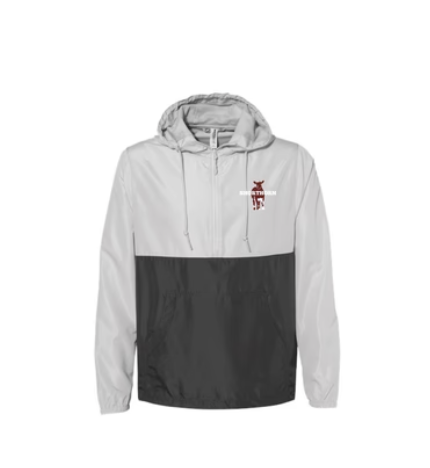
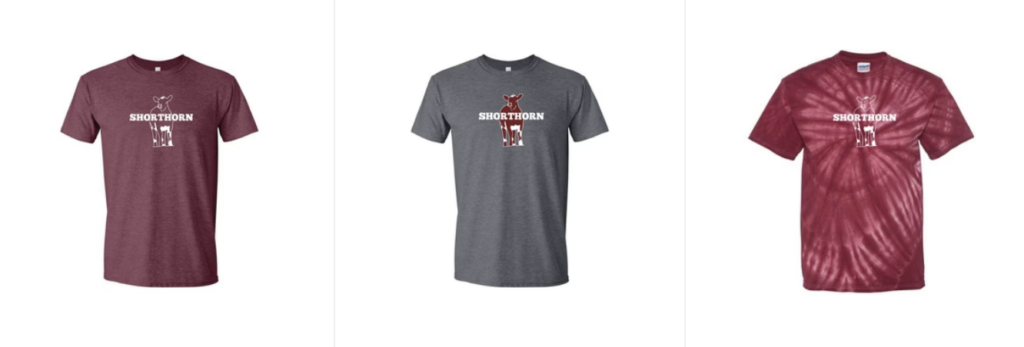



Interns Farewell
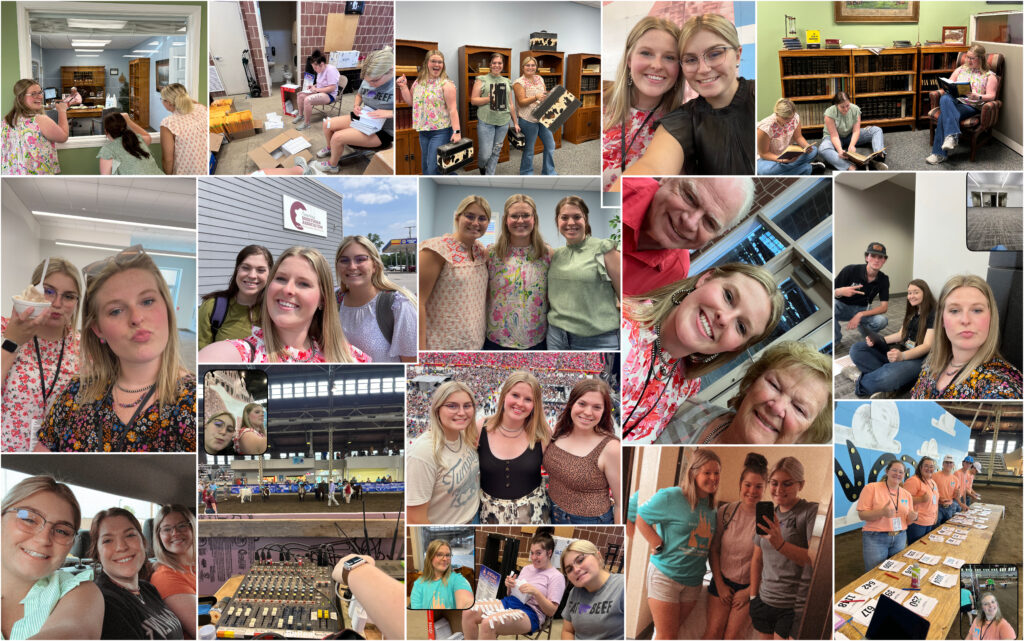
Jana Owen
Summer 2023 has definitely been one to remember. I have gained incredible knowledge on preparing for a cattle show, creating and sorting classes, coordinating check-in, writing reports, and organizing DNA samples. I greatly appreciate every skill and experience I gained throughout the past two months. Thank you to the American Shorthorn Association for providing me the opportunity to work as the Registrations Intern. Peace and go vols!
Ashley Osborne
Looking back at all the opportunities this summer, I’m grateful to have spent my summer with this fantastic association. This summer, I gained knowledge by working for a breed association, youth development, press releases, photography, and social media management. I have made a connection that will last a lifetime, and I hope to open more doors down the road. Not only have I professionally grown, but I have also personally grown a lot through this internship. I hope everyone takes an opportunity that comes their way because you never know where that will lead you. Thank you to all American Shorthorn Association staff for all the memories and knowledge you have given me over the past two months. Thank you to the Shorthorn breeders for being welcoming and a family! Go Cats!
Kaylee McInvale
Thank you for the opportunities that you have presented me! I am so thankful to have served as the Youth Activities Intern. It has been a great and memorable experience. It was a pleasure to meet each of you with whom I interacted at Junior Nationals! I was blown away by the passion, determination that you all shared and loved seeing the teamwork that your Shorthorn Family showcased! Thank you to the American Shorthorn Association for hiring me and providing this opportunity to experience the behind-the-scenes details that go into pulling off an amazing junior national!
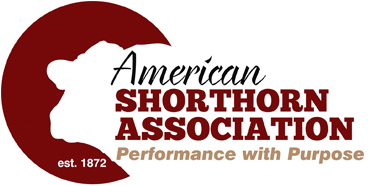




![[ Random Image ]](/wp-content/themes/shorthorn/headers/header4.jpg)
